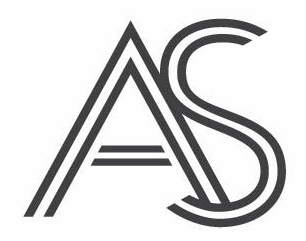Acute injuries can be tricky to manage. Whether you sprained your ankle during sport or hurt your wrist doing jobs around the house, it can be tricky to know the correct way to manage it.
It’s common for people to follow the acronym RICE (Rest, Ice, Compression, Elevate) but did you know that RICE is no longer the recommended guideline for acute injuries? Unfortunately, the RICE protocol only helped with initial pain management but did not optimise long-term outcomes post-injury.
A recent study has provided an updated acronym for us to follow, PEACE and LOVE. The new acronym aims at both managing initial symptoms as well as optimising recovery.
P – Protect
Unload and restrict movement for 1-3 days to limit bleeding and the risk of aggravating the injury. Be careful not to rest for too long as prolonged rest can affect tissue strength.
E – Elevate
Elevating the limb higher than the heart can help with the flow of fluid in the swelling process.
A – Avoid Anti-Inflammatories
The initial inflammatory process post injury is an important part of the healing process. Therefore, reducing the inflammatory by taking anti-inflammatories can prolong the healing process.
C – Compression
Using tape or bandages to compress the area can help manage the amount of swelling in the area. Swelling is not a bad thing overall but minimising it can help pain levels.
E – Education
Being educated by your practitioner about the healing process and time frames, can help significantly in the overall recovery by managing expectations and knowing how best to manage the injury.
L – Load
Loading the injured structure with exercise and movement as early as comfortable is important in the healing process, as movement and activity increase the rate of tissue repair. Gentle range of motion exercises can be introduced within the first few days.
O – Optimistic
Remaining positive throughout the rehabilitation has been shown to positively influence the rate of recovery after an injury.
V – Vascularisation
Introducing cardiovascular activity early during the recovery process can increase the circulation to the damaged tissue and help increase the rate of healing. Pain-free aerobic exercise should be started a few days after the injury. Just not involving the injured joint/area.
E – Exercise
Rehabilitation should be started within the first few days of recovery. The comfortable range of motion exercises can be progressed to more specific strength exercises as tolerated. This progressive loading approach will not only increase the rate of recovery but also decrease the likelihood of re-injury in the future.
This new PEACE and LOVE acronym is focused on an active recovery process, rather than managing symptoms with ice and anti-inflammatories as these have been shown to restrict the body’s natural healing process. With any acute injury be sure to consult your health professional for an accurate diagnosis and management plan.
